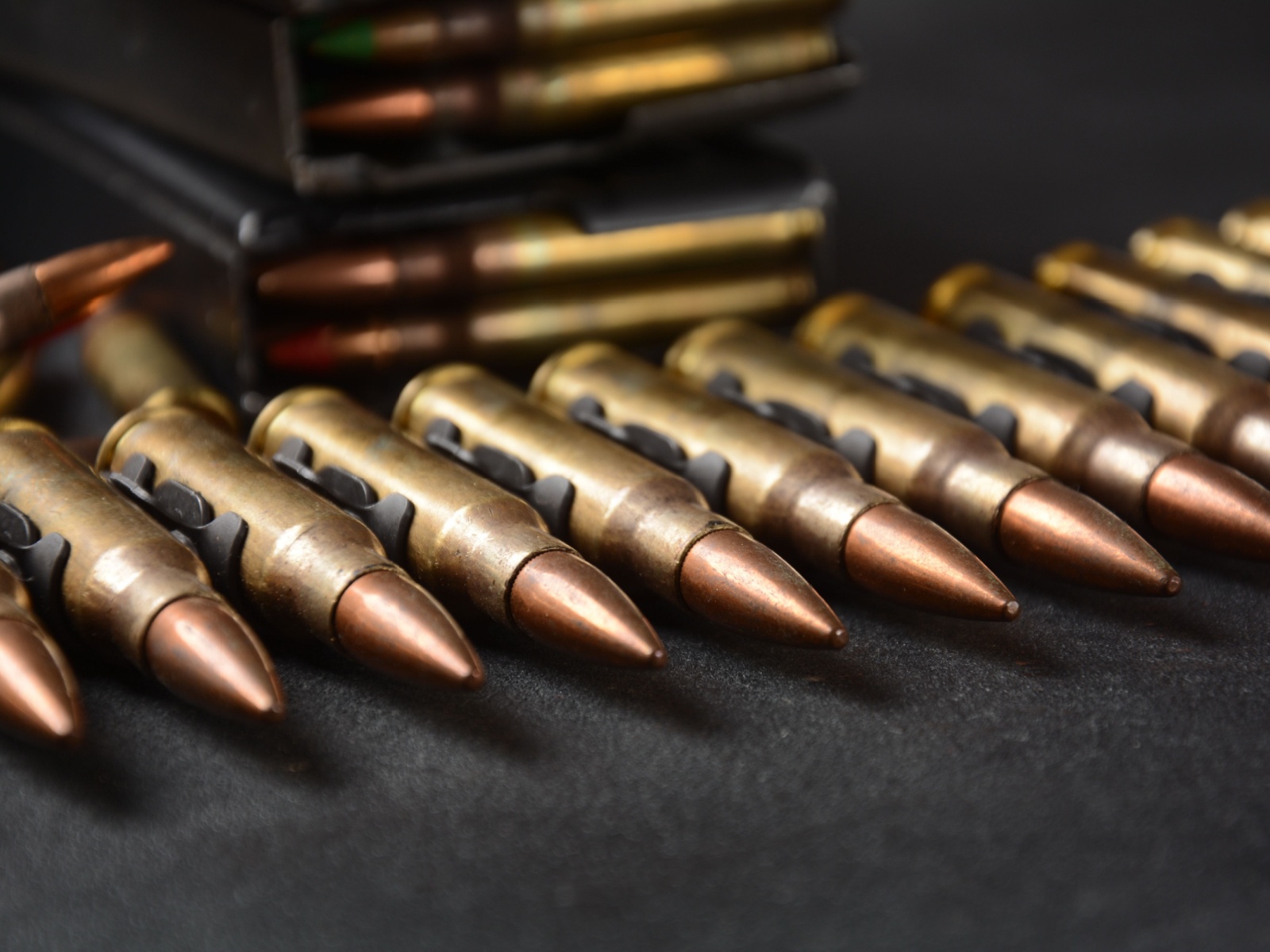EN 13543 Mechanical Sensitivity of Gunpowder Testing
The EN 13543 standard specifies methods for determining the mechanical sensitivity of gunpowder. This test is critical in ensuring that weapons and ammunition are safe to handle, store, and transport under real-world conditions. Mechanical sensitivity refers to a material's propensity to detonate or explode when subjected to mechanical forces such as impact, friction, or vibration.
The standard applies primarily to black powder, propellants, and other explosive materials used in the production of firearms and ammunition. The testing methodology is designed to simulate potential hazards that might arise during manufacturing, handling, and use. By identifying the mechanical sensitivity of these materials, manufacturers can ensure compliance with safety regulations and reduce the risk of accidents.
The EN 13543 test involves subjecting samples of gunpowder to a series of controlled impacts using a pendulum-like device known as a drop hammer. The apparatus is designed to deliver a specified impact energy, which can vary depending on the type and grade of the sample being tested. After each drop, the tester assesses whether the powder has detonated or ignited. This process is repeated multiple times to establish a consistent response.
The test protocol also includes visual inspection for signs of sensitivity, such as visible fracture or fragmentation patterns, which can indicate potential hazards. The results are recorded and analyzed to determine the mechanical sensitivity index (MSI), which quantifies the material's resistance to impact-induced detonation.
Compliance with EN 13543 is essential for manufacturers seeking to ensure their products meet safety standards. This includes not only military-grade weapons but also civilian firearms, fireworks, and other explosive devices. The test helps prevent accidents by identifying materials that are too sensitive or too insensitive to mechanical stimuli.
In addition to mechanical sensitivity testing, EN 13543 is part of a broader suite of standards aimed at enhancing safety in the explosives industry. These include EN 987 for explosive atmospheres and ISO 6220-1 for the classification of explosives.
The testing procedure is particularly important in military applications, where the safety of personnel and equipment is paramount. By adhering to EN 13543, manufacturers can help ensure that weapons systems are robust enough to withstand accidental impacts without compromising safety.
- Visual inspection for visible fracture patterns
- Determination of mechanical sensitivity index (MSI)
- Controlled impact using a drop hammer
- Analysis of detonation or ignition responses
The results of the EN 13543 test are crucial for quality managers, compliance officers, and R&D engineers responsible for ensuring product safety. By understanding the mechanical sensitivity of gunpowder, these professionals can make informed decisions about material selection and process optimization.
Benefits
The implementation of EN 13543 testing offers several key advantages:
- Enhanced Safety: By identifying mechanically sensitive materials, manufacturers can take steps to mitigate risks during handling and transport.
- Compliance with Regulations: Compliance with international standards ensures that products meet regulatory requirements, reducing the risk of legal penalties or recalls.
- Improved Product Quality: Testing helps identify potential weaknesses in materials, allowing for improvements in formulation and process control.
- Informed Decision-Making: The results provide valuable insights into material behavior under various conditions, aiding in product development and quality assurance.
The benefits extend beyond the manufacturing stage to include improved safety for end-users. By ensuring that weapons and ammunition are mechanically stable, these products contribute to safer operations in military and law enforcement environments.
Customer Impact and Satisfaction
Customers of EN 13543 testing services benefit from enhanced product safety and regulatory compliance. This translates directly into increased customer satisfaction and trust:
- Increased Safety: By reducing the risk of accidents, customers are provided with a safer end-product.
- Regulatory Compliance: Ensuring compliance with international standards helps avoid legal issues and potential fines.
- Quality Assurance: Consistent test results contribute to brand reputation and customer confidence.
- Competitive Advantage: Demonstrating adherence to rigorous testing protocols can differentiate a company from competitors in the market.
The ability to deliver products that meet high safety standards is crucial for manufacturers operating in the military sector. Satisfied customers lead to repeat business and positive word-of-mouth, further enhancing market position.
Environmental and Sustainability Contributions
- Eco-Friendly Manufacturing: By ensuring that materials are mechanically stable, the process minimizes waste and reduces environmental impact during production.
- Resource Efficiency: Testing helps optimize material usage, reducing unnecessary consumption of resources.
- Hazard Management: Identifying sensitive materials early in the development process allows for safer handling and disposal practices, minimizing environmental risks.
- Energy Conservation: By improving product design based on test results, energy efficiency can be enhanced throughout the lifecycle of a weapon or ammunition item.
The EN 13543 testing protocol aligns with broader sustainability goals by promoting responsible use and disposal practices. This contributes to a more sustainable approach to defense manufacturing, supporting long-term environmental stewardship.





